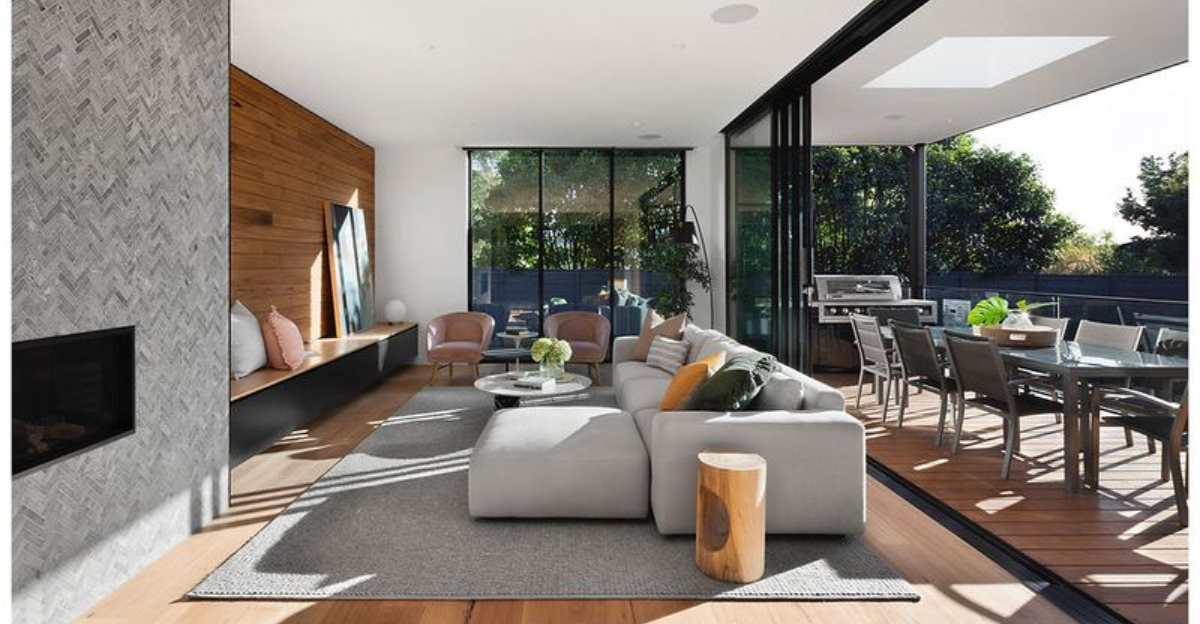Home design trends come and go, but some styles have staying power that transcends passing fads. As we invest in our living spaces, knowing which current trends will stand the test of time helps us make smarter design choices.
Interior designers have identified key elements that balance contemporary appeal with lasting style—these are the features worth incorporating into your home for years of enjoyment.
1. Natural Wood Finishes
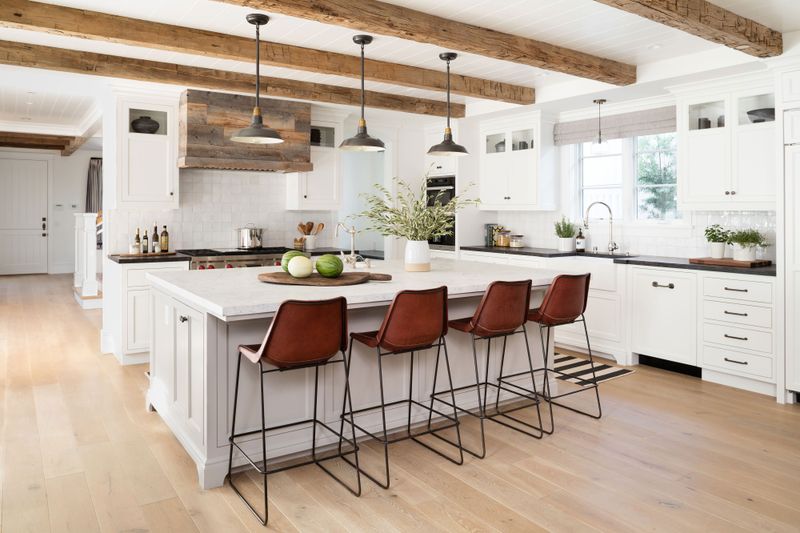
Raw, unstained wood brings timeless warmth to any space. The organic grain patterns create visual interest that synthetic materials simply can’t replicate.
Today’s designers are embracing wood in its most authentic form, from exposed ceiling beams to statement furniture pieces. Unlike glossy finishes that reveal their age, natural wood develops a beautiful patina that actually improves with time.
2. Multi-Functional Spaces
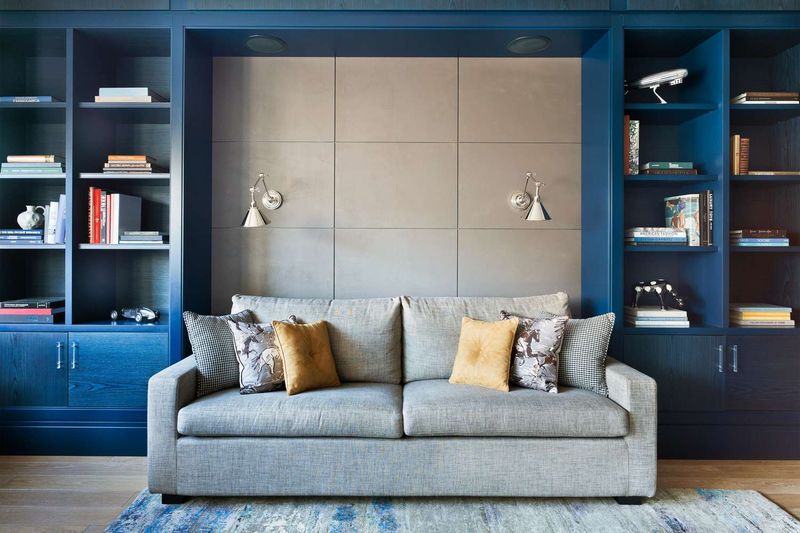
Gone are the days of single-purpose rooms. Smart homeowners now embrace flexible spaces that adapt to changing needs—home offices that convert to guest rooms or dining areas that double as workstations.
The pandemic permanently shifted our relationship with our homes, making versatility non-negotiable. Designers recommend investing in modular furniture and thoughtful storage solutions that support this adaptability without sacrificing style.
3. Statement Lighting Fixtures
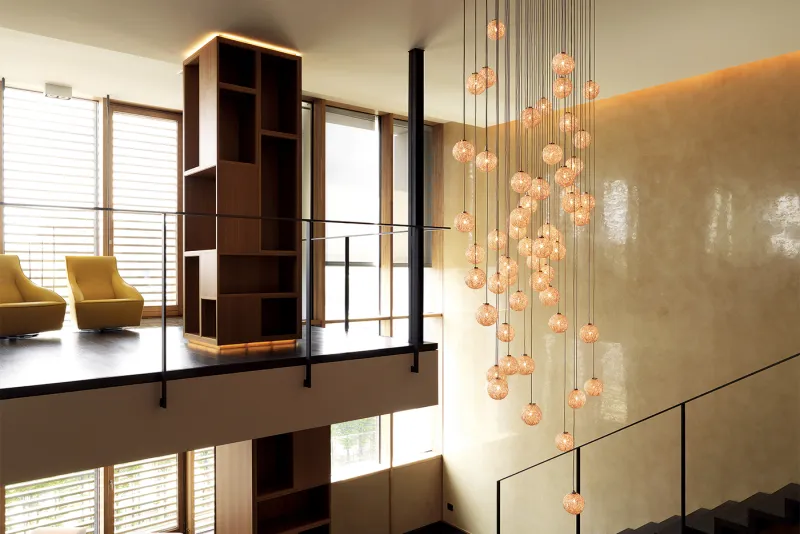
Lighting has evolved from purely functional to architectural art. Sculptural pendants and dramatic chandeliers serve as room anchors that express personality while providing essential illumination.
Designers recommend investing in quality lighting with clean lines and interesting materials. Unlike trendy furniture that dates quickly, a well-chosen lighting fixture can remain relevant for decades while instantly elevating ordinary spaces.
4. Earth Tone Color Palettes
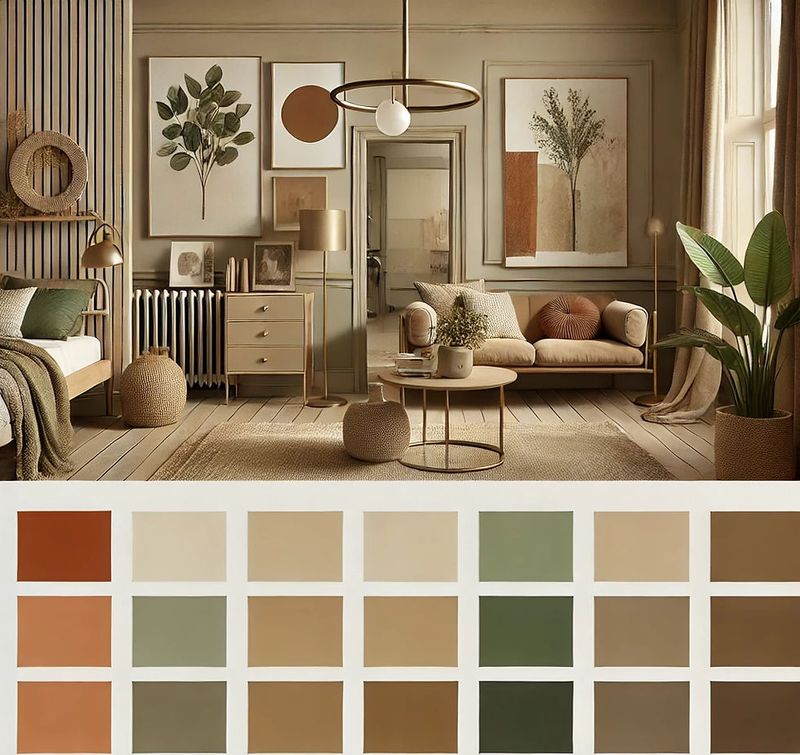
Warm terracottas, sage greens, and rich ochres have replaced sterile grays and whites. These nature-inspired hues create grounding spaces that feel simultaneously fresh and familiar.
Rooted in our connection to the natural world, earth tones provide a timeless backdrop that works with virtually any style. The beauty lies in their versatility—they can read as either contemporary or classic depending on how you accessorize.
5. Craftsman-Built Elements
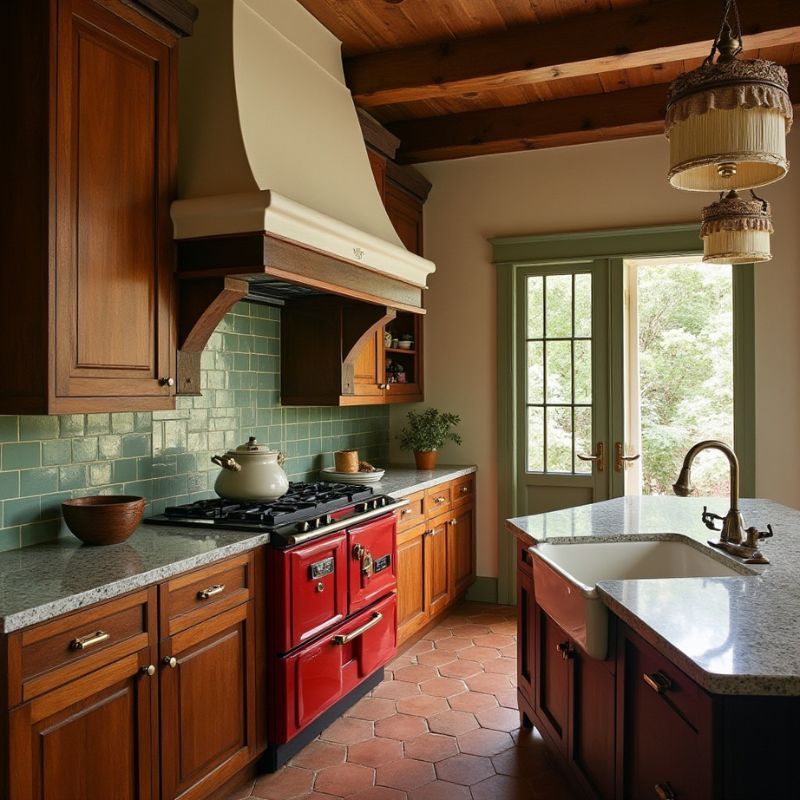
Handcrafted details like custom built-ins and artisanal tiles are making a triumphant return. Unlike mass-produced items, these bespoke elements tell a story and create spaces with soul.
Frank Lloyd Wright championed this approach a century ago, proving its staying power. Today’s designers recommend investing in at least one handcrafted statement piece—whether a custom kitchen island or hand-thrown ceramic tiles—to elevate your entire space.
6. Indoor-Outdoor Living
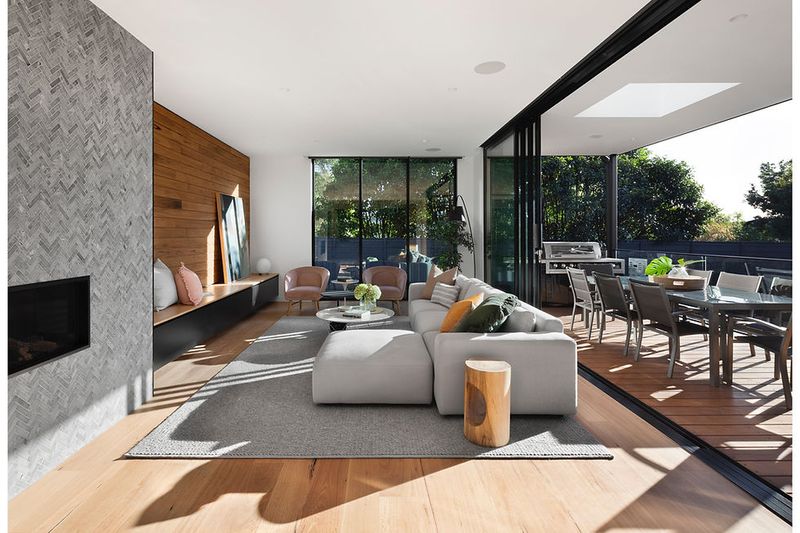
Seamless transitions between interior and exterior spaces have graduated from trend to lifestyle necessity. Large sliding doors, covered patios, and outdoor kitchens effectively expand living space while satisfying our craving for nature.
This connection to the outdoors improves wellbeing and adds practical square footage. Unlike fleeting aesthetics, this architectural approach addresses fundamental human needs, ensuring its relevance for generations to come.
7. Mixed Metal Finishes
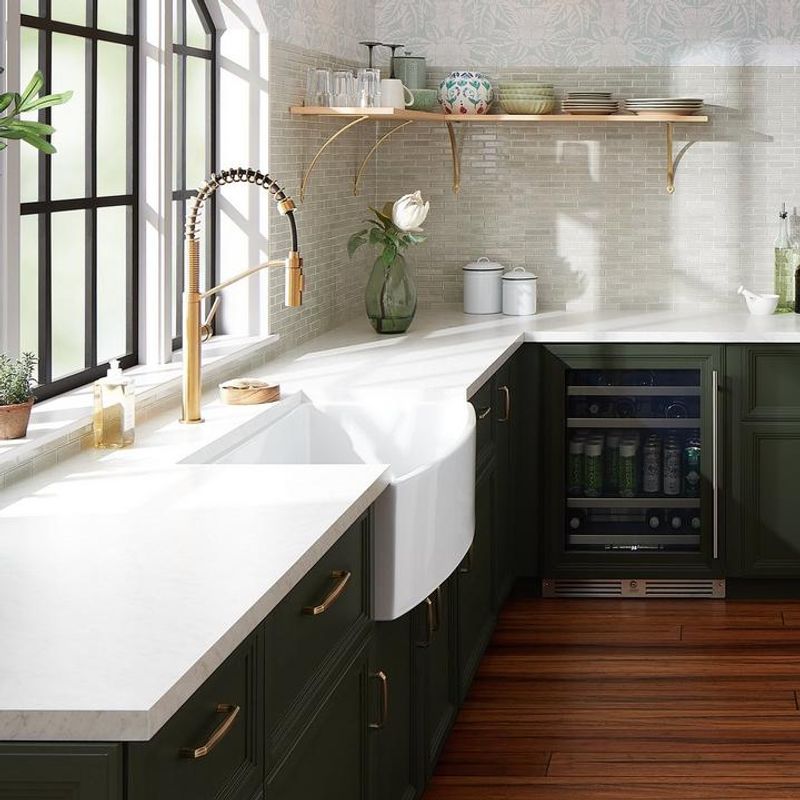
Matchy-matchy metal finishes have given way to intentionally mixed metals. Combining brass, matte black, and brushed nickel creates depth and visual interest that feels collected rather than cookie-cutter.
The key is balance—limit yourself to 2-3 complementary metals and distribute them evenly throughout the space. This approach feels both current and timeless because it mimics how we naturally collect pieces over time.
8. Sustainable Materials
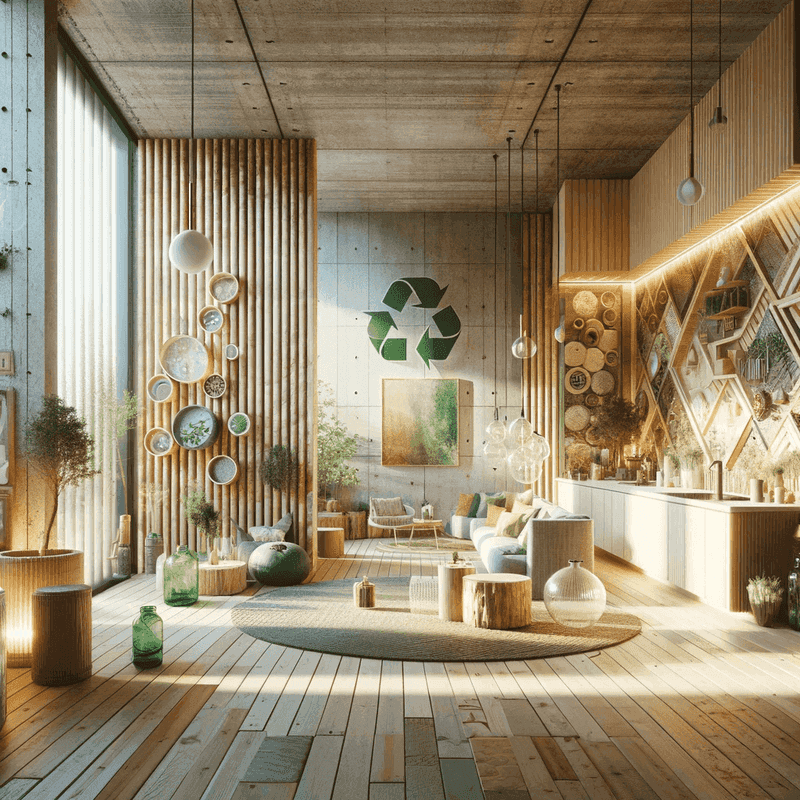
Reclaimed wood, recycled glass, and natural stone are more than environmentally responsible choices—they’re design elements with inherent character and longevity. These materials tell a story through their imperfections.
Unlike synthetic alternatives, sustainable materials develop character over time. The terrazzo floors in Grand Central Terminal have lasted over a century, proving that sustainable choices can also be the most durable design decisions.
9. Statement Walls
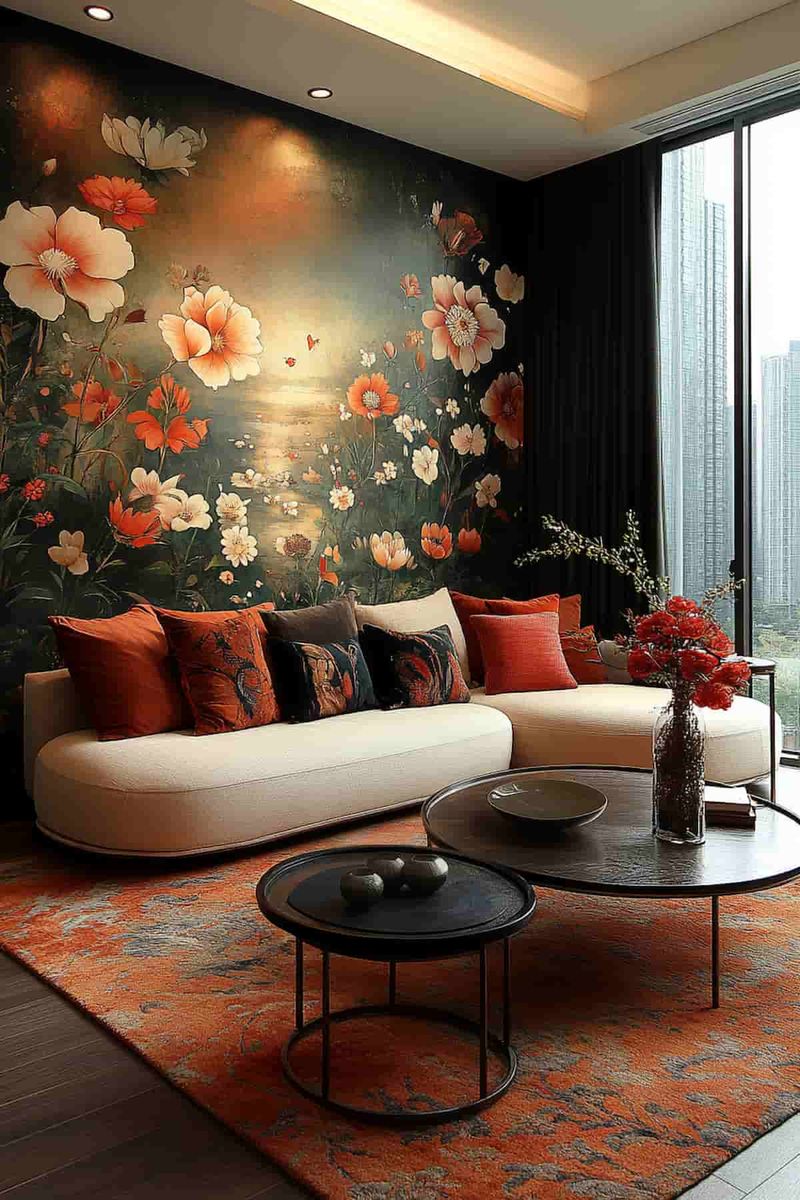
Forget bland beige boxes! A single wall with bold texture, color, or pattern creates focal points that anchor rooms without overwhelming them.
Whether through dimensional tile, hand-applied plaster, or richly painted surfaces, these feature walls add personality while remaining easy to update. Unlike full room commitments, statement walls allow for expression while maintaining design flexibility—a perfect balance of current trends and lasting appeal.
10. Curved Furniture

Softly curved sofas, rounded tables, and arched doorways have replaced rigid, boxy forms. These graceful silhouettes introduce a sense of movement and organic flow that feels both fresh and familiar.
Curved furniture isn’t actually new—it appeared in Art Deco interiors of the 1920s and mid-century homes of the 1950s. This historical precedent proves its staying power. Plus, curved pieces create natural conversation areas that enhance how we actually use our spaces.
11. Classic Hardwood Flooring
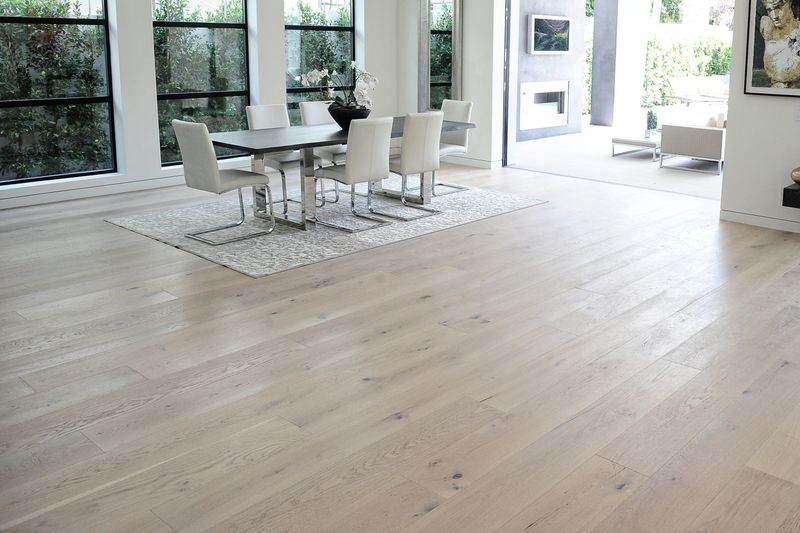
Nothing grounds a space quite like hardwood floors. Their enduring appeal transcends design trends, complementing everything from farmhouse to ultra-modern aesthetics.
Wide-plank oak in natural finishes proves particularly versatile. Unlike trendy floor coverings that quickly reveal their age, quality hardwood develops character over decades. The Louvre’s parquet floors have delighted visitors for centuries—evidence that proper hardwood is truly an heirloom investment.
12. Marble Accents
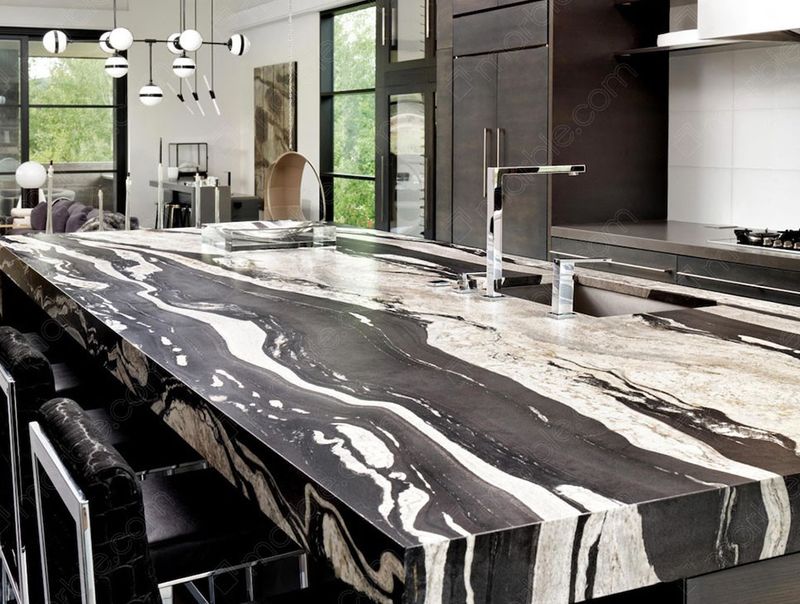
Marble has adorned the world’s most magnificent buildings for millennia, and it’s not losing relevance anytime soon. Today’s designers incorporate this luxurious stone more judiciously—as countertop edges, backsplashes, or decorative objects.
The key to marble’s longevity lies in its natural variations. Each piece tells a geological story through its unique veining patterns. Unlike manufactured materials that mimic current trends, real marble exists beyond time, lending authentic elegance to any space.
13. Built-In Storage Solutions
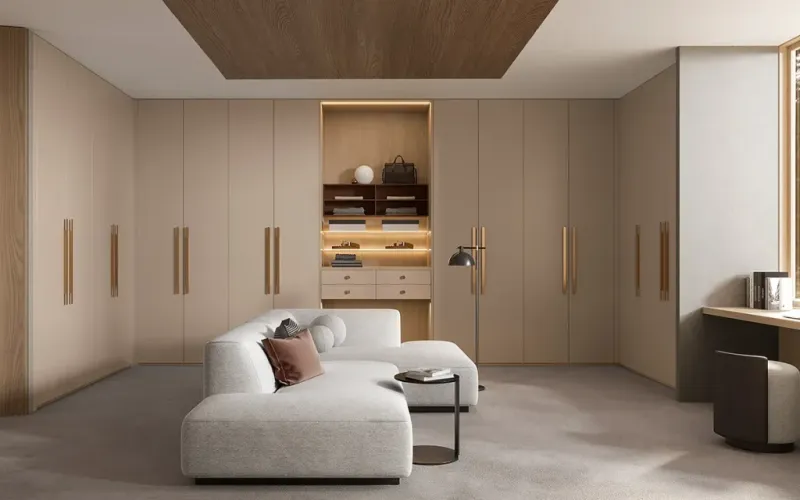
Custom cabinetry that maximizes every square inch has transformed from luxury to necessity. These tailored storage systems disappear into architecture while solving practical problems.
Unlike freestanding furniture that creates visual clutter, built-ins create clean lines and architectural interest.
The best examples take cues from ship cabins and traditional Japanese homes, where storage innovation has been perfected over centuries. This functionality ensures built-ins will remain relevant regardless of changing aesthetic preferences.
14. Gallery Walls
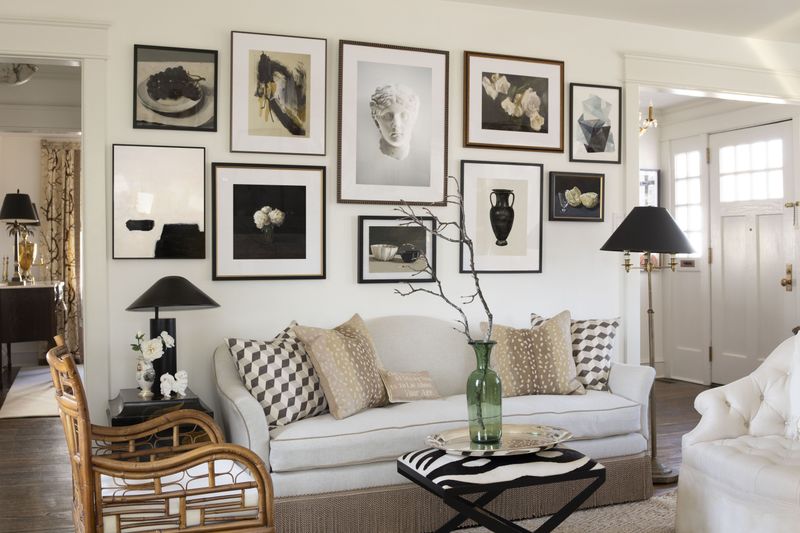
Artfully arranged collections of framed pieces create personal statements that evolve over time. Unlike single large artworks, these curated displays can incorporate new pieces as your tastes and experiences expand.
Gallery walls have historical roots in 17th-century salon-style exhibitions. Their enduring appeal comes from versatility—they work in traditional spaces or ultra-modern settings. The most successful examples mix frames, sizes, and content while maintaining a cohesive color story.
15. Vintage-Inspired Textiles
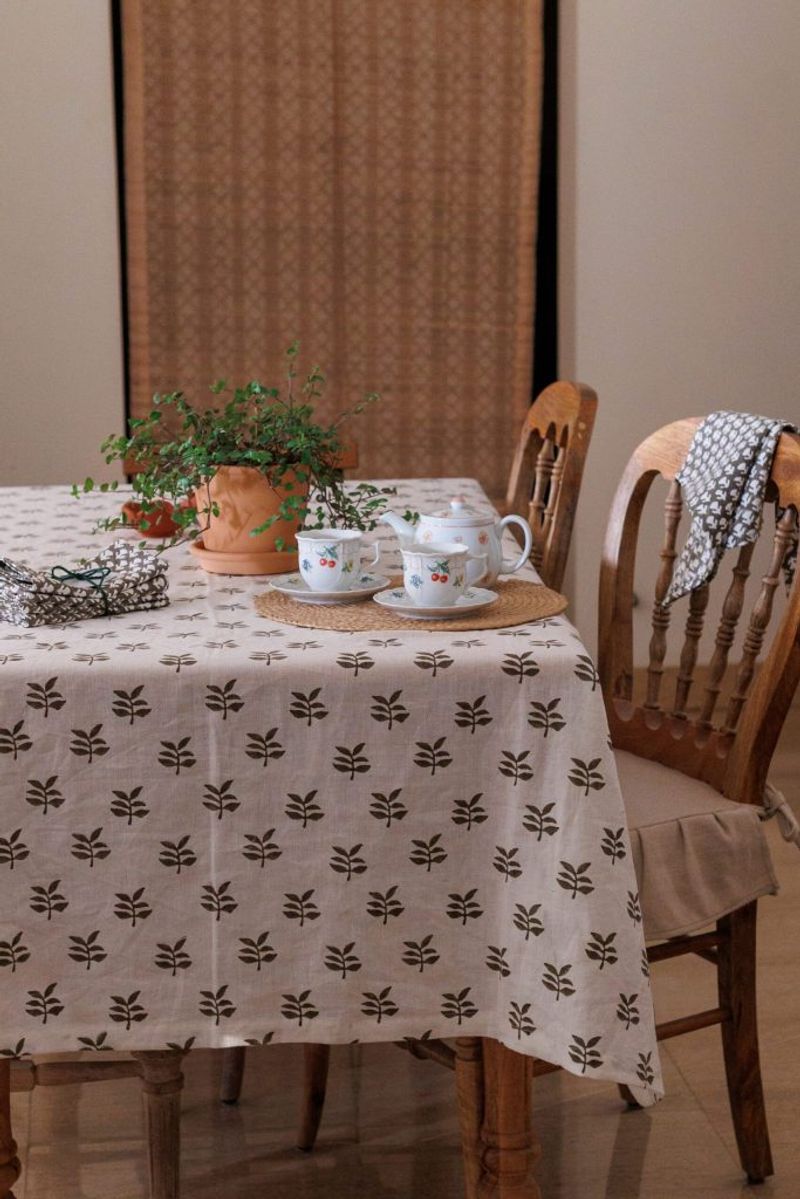
Hand-blocked prints, jacquard weaves, and embroidered fabrics bring timeless character to contemporary spaces. These artisanal textiles reference historical techniques while feeling surprisingly fresh in modern contexts.
Unlike mass-produced fabrics with trendy patterns, these textiles connect to centuries-old craft traditions. Their subtle imperfections and handmade qualities create depth that machine-made alternatives can’t match. Designers recommend incorporating these as pillows or throws—small investments that dramatically elevate ordinary spaces.

